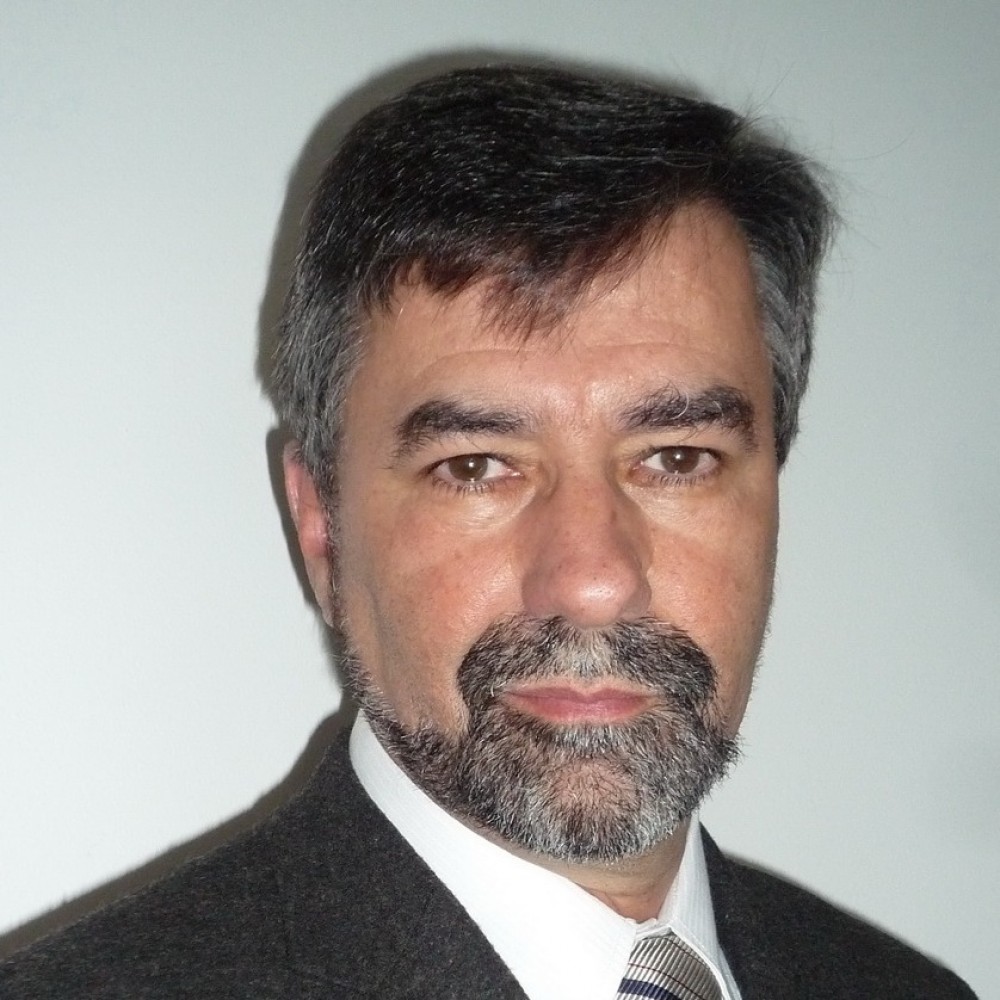Participants
‹ Back
Professor Paulo Artaxo
Professor of Environmental Physics, Institute of Physics, University of São Paulo
CV
Paulo Artaxo is professor of environmental physics at teh University of São Paulo Brazil. He is a member of teh Brazilian Academy of Sciences and the IPCC - Intergovernamental Panel on Climate Change
Abstract
Abstract:Agriculture and Climate Change: Emissions, mitigations and needs
Prof. Paulo Artaxo
University of São Paulo, São Paulo, Brazil
Dealing properly with climate change is a key task for the scientific community, governments and population. Right now, 25-30% of global greenhouse emissions are associated with food production and agriculture emissions. However, the demand for food will certainly increase in 205 to feed 10 billion people. The emissions gap to fill this need for food is a large fraction of the needed emission reductions settled by the Paris Agreement. In particular demand for beef is expected to increase significantly as income from poor areas increases. On the other side, food production will be hard hit in terms of yield by climate change, from both aspects: increase in temperature and reduction in precipitation, specially in tropical areas. The need to reforest and promote afforestation in large areas to capture atmospheric CO2 will further compete with food production. The IPCC 1.5 report states that we need to have zero net emissions by 2050. This will be especially difficult because of the 30% emissions from agricultural lands. This shows a need to sequester 15-30 Gt CO2 per year after 2050, with technologies that do not exists right now. Reforestation have limitations after the tress have fully growth, and BECS (Bioenergy with Carbon Sequestration) technology at this scale still do not exist. How to make a proper compromise between all these key issues facing us in the next 30 years? We will discuss some of issues and possible solutions.